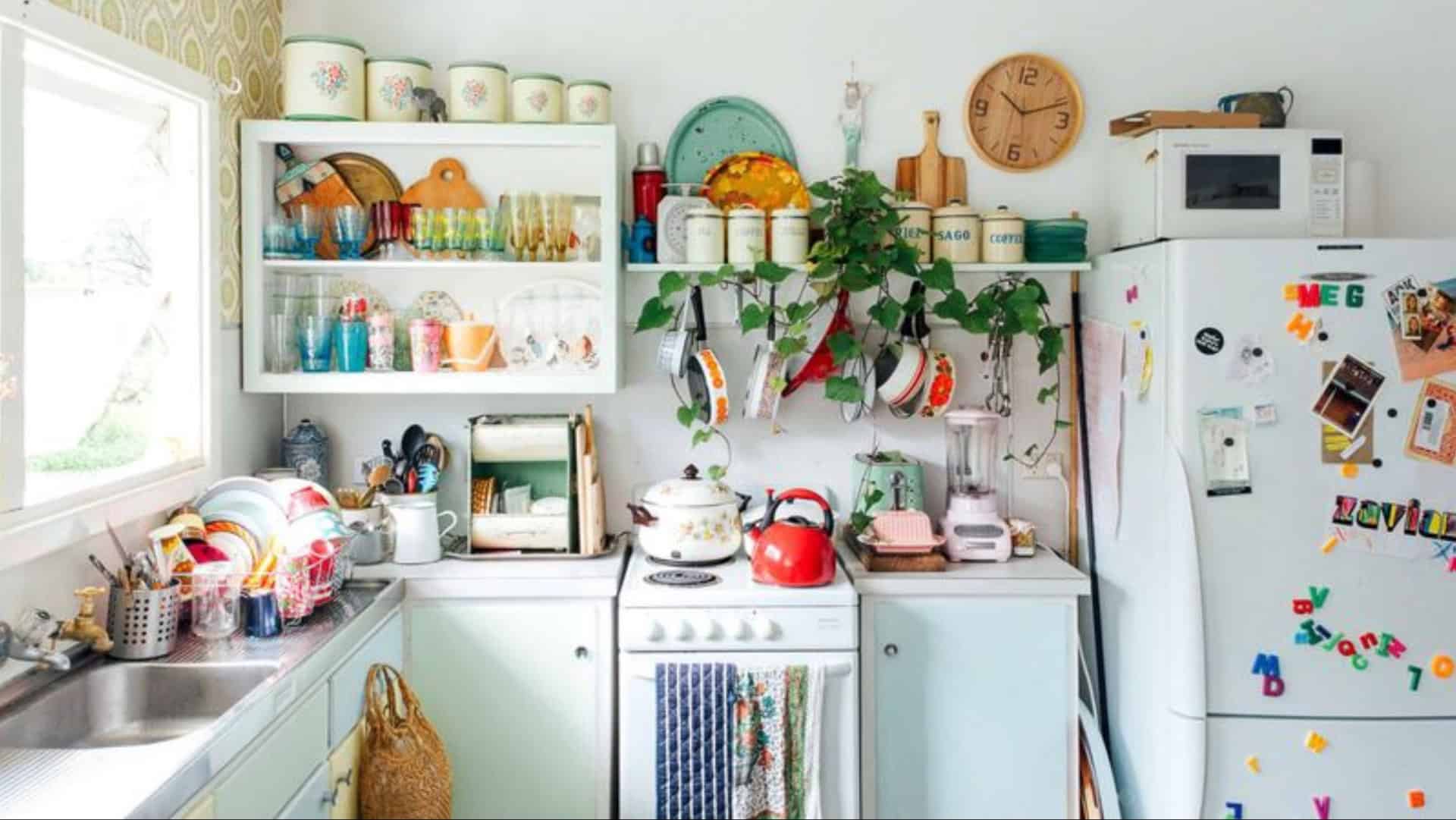Tiny living, small homes, and vans have been popular for living a minimalist lifestyle.
Recently, interest is shifting towards specialty rooms and dedicated spaces.
Why did the small living trend lose its appeal so quickly?
1. Clutter Overload
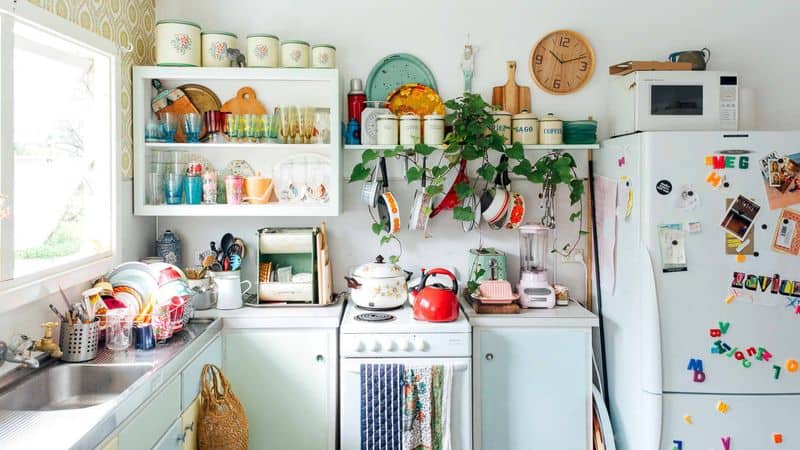
Feeling overwhelmed by clutter? Small spaces amplify this sensation. The lack of storage options forces daily struggles with organization.
Piles of unkempt belongings can be a daily reminder of limited space, creating mental fatigue.
Clutter not only fills every corner but also occupies the mind, leading to stress and discomfort.
2. Privacy Loss
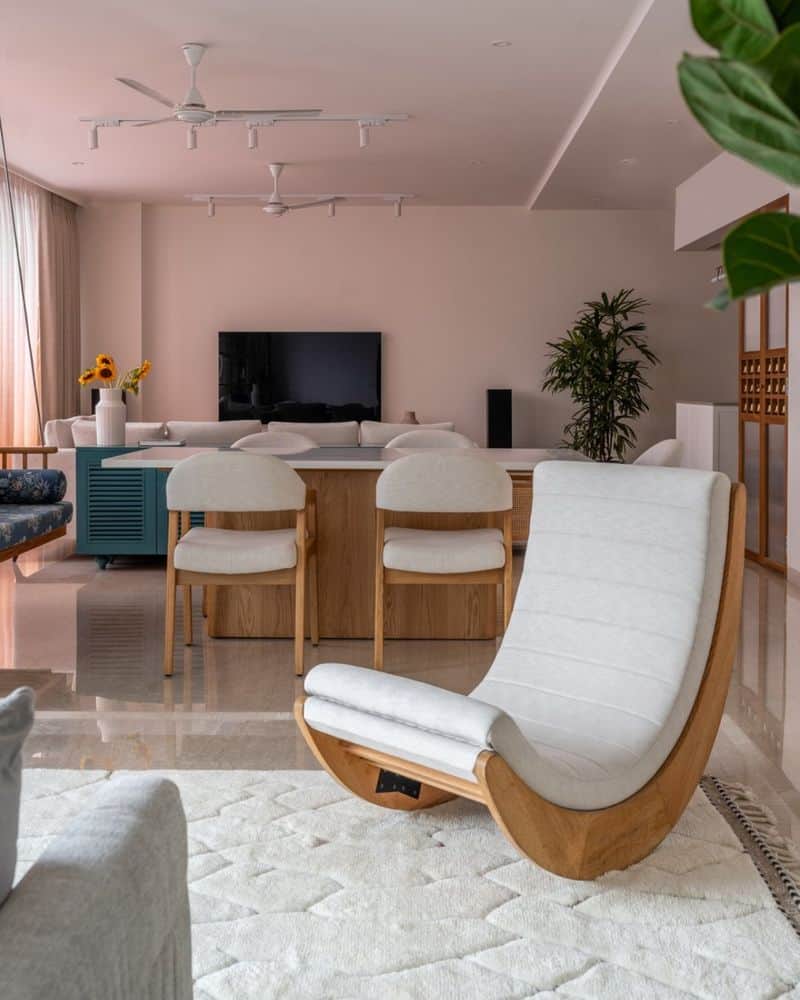
Privacy has become a luxury. In tiny homes, personal space is a scarce commodity.
Shared environments can strain relationships as every conversation and sound reverberates through the walls.
The inability to retreat to a private corner makes finding peace a challenge, leaving residents yearning for solitude and silence.
3. Dreaming of Gardens
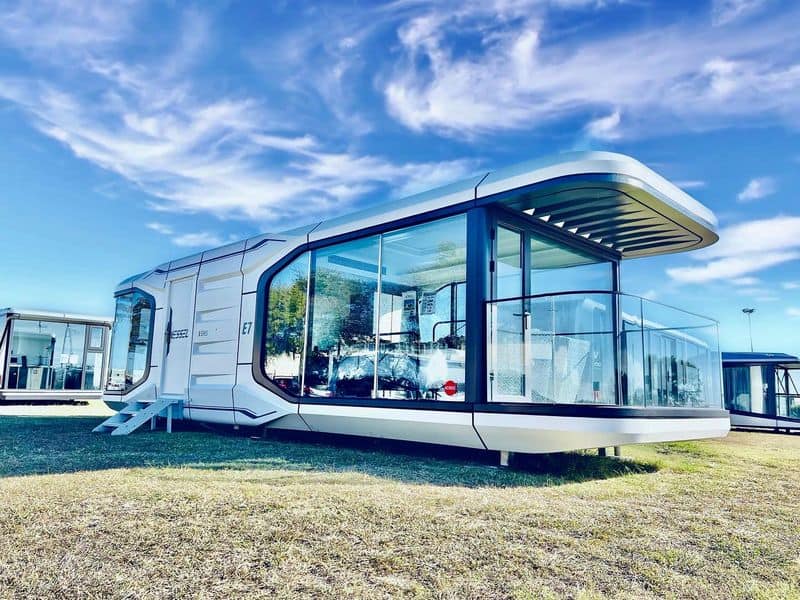
The desire for greenery grows stronger. Many tiny home dwellers miss the connection to nature. The absence of a garden or backyard limits outdoor enjoyment.
Urban settings replace natural landscapes, causing a longing for greenery.
Nature’s absence is felt as a void, impacting mental well-being and tranquility.
4. Work-Life Blur
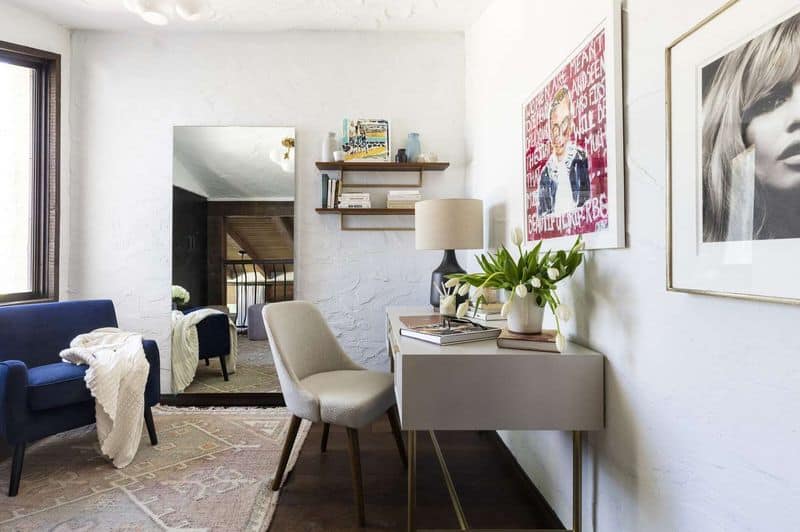
Remote work blurs boundaries. The pandemic magnified this issue, as working from home became the norm. Tiny spaces struggle to separate work from leisure.
Distractions abound, and the constant presence of work items disrupts relaxation.
The lack of defined spaces makes switching off work-mode nearly impossible, increasing burnout risks.
5. Entertaining Woes

Hosting guests becomes a challenge. Small spaces are not conducive to social gatherings. Limited seating and cramped environments dampen the joy of entertaining.
Guests may feel uncomfortable, and hosts struggle to accommodate everyone.
The dream of hosting joyful gatherings fades, replaced by the reality of spatial limitations.
6. Storage Struggles
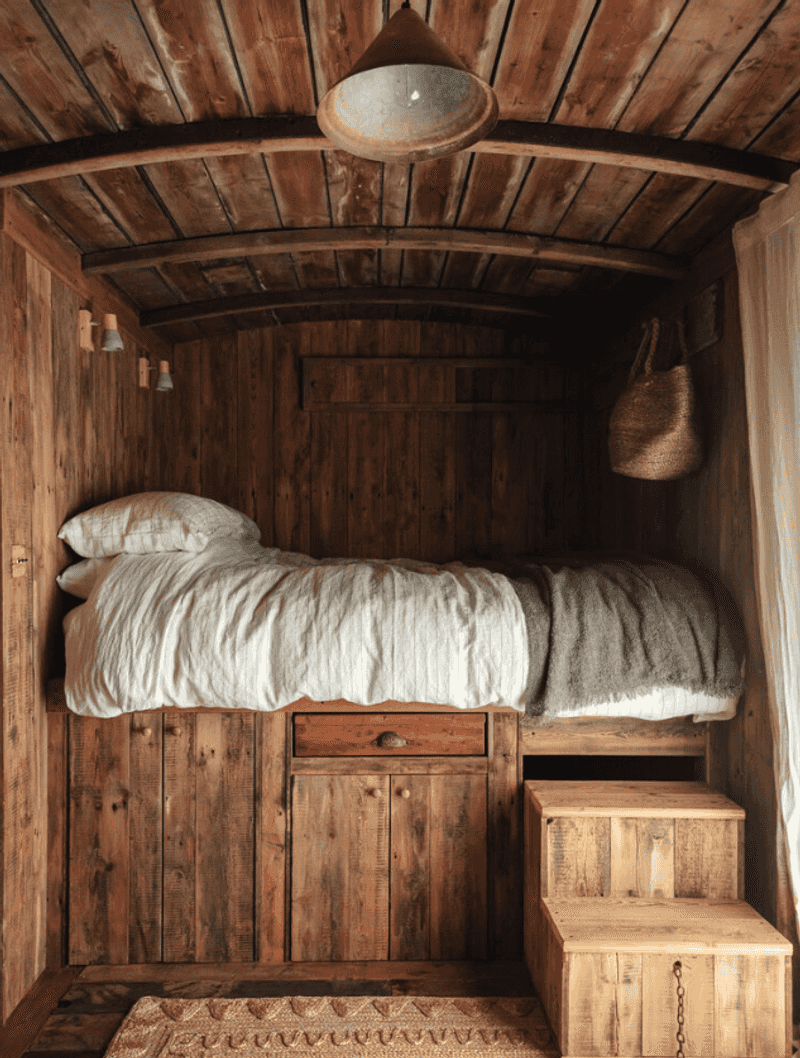
Storage becomes a constant battle. Tiny homes offer limited options for keeping belongings.
Closets overflow, and cabinets are jam-packed, leaving no room for new items.
The constant need to declutter and reorganize becomes tiresome. Storage struggles add another layer of frustration, making the small living decision less appealing.
7. Specialty Room Desire

Specialty rooms are coveted. The trend toward dedicated spaces highlights the limitations of tiny living. Homeowners yearn for purpose-built rooms like offices or studios.
The ability to retreat into a space designed for specific needs becomes alluring.
Tiny homes can’t offer this luxury, leading to dissatisfaction and desire for more space.
8. Aging in Place

Aging in place poses challenges. Tiny homes may lack accessibility features necessary for older adults. Stairs, tight corners, and narrow doorways become obstacles.
Mobility aids and equipment require space that small homes can’t provide.
As people age, the desire for comfort and accessibility outweighs the appeal of compact living.
9. Family Growth Pressure
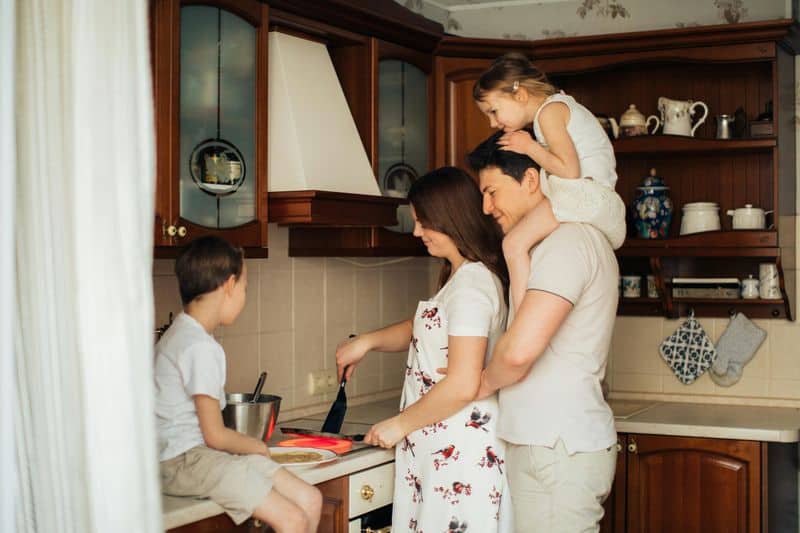
Family expansion pressures space. Growing families find tiny homes restrictive. Children’s needs evolve, requiring more room for play and learning.
All the while, parents need a peaceful corner and privacy. Storage for baby gear, toys, and clothes also becomes a pressing issue.
As families grow, the dream of small living clashes with practical realities, prompting the search for more spacious accommodations.
10. Price vs. Space Dilemma
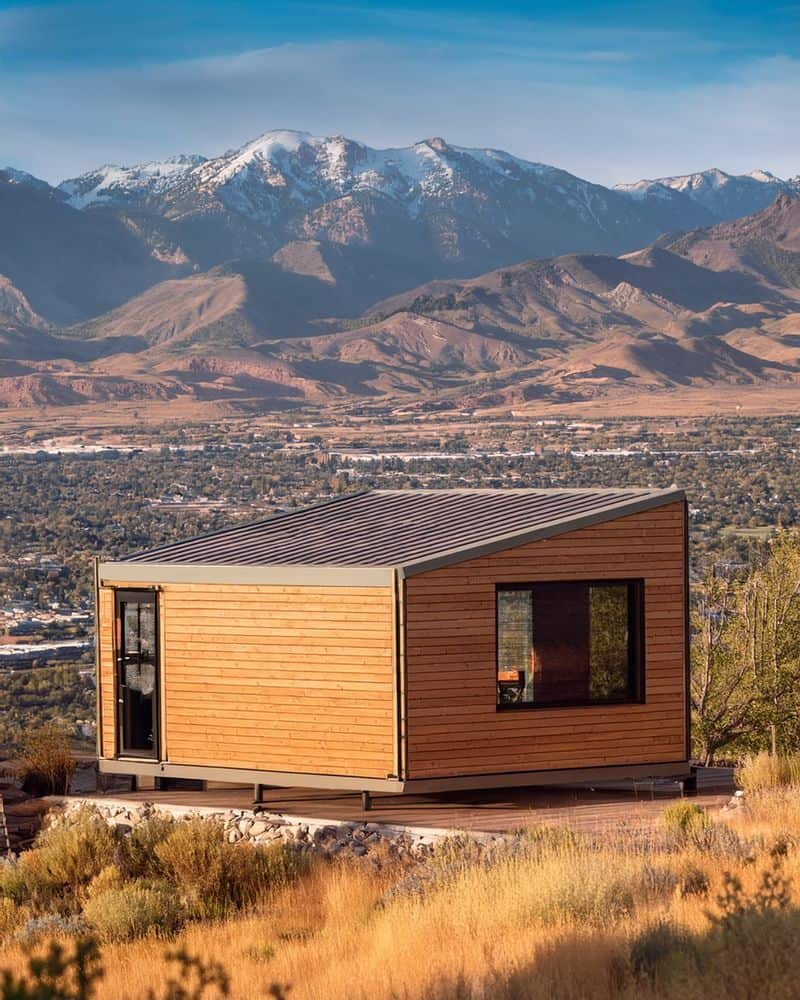
The price-space paradox looms large. Tiny homes aren’t always cheaper. High demand in desirable areas can elevate prices substantially.
Buyers face a dilemma: pay premium rates for limited space or seek larger homes further afield.
This financial conundrum challenges the value proposition of tiny living, causing reconsideration.

